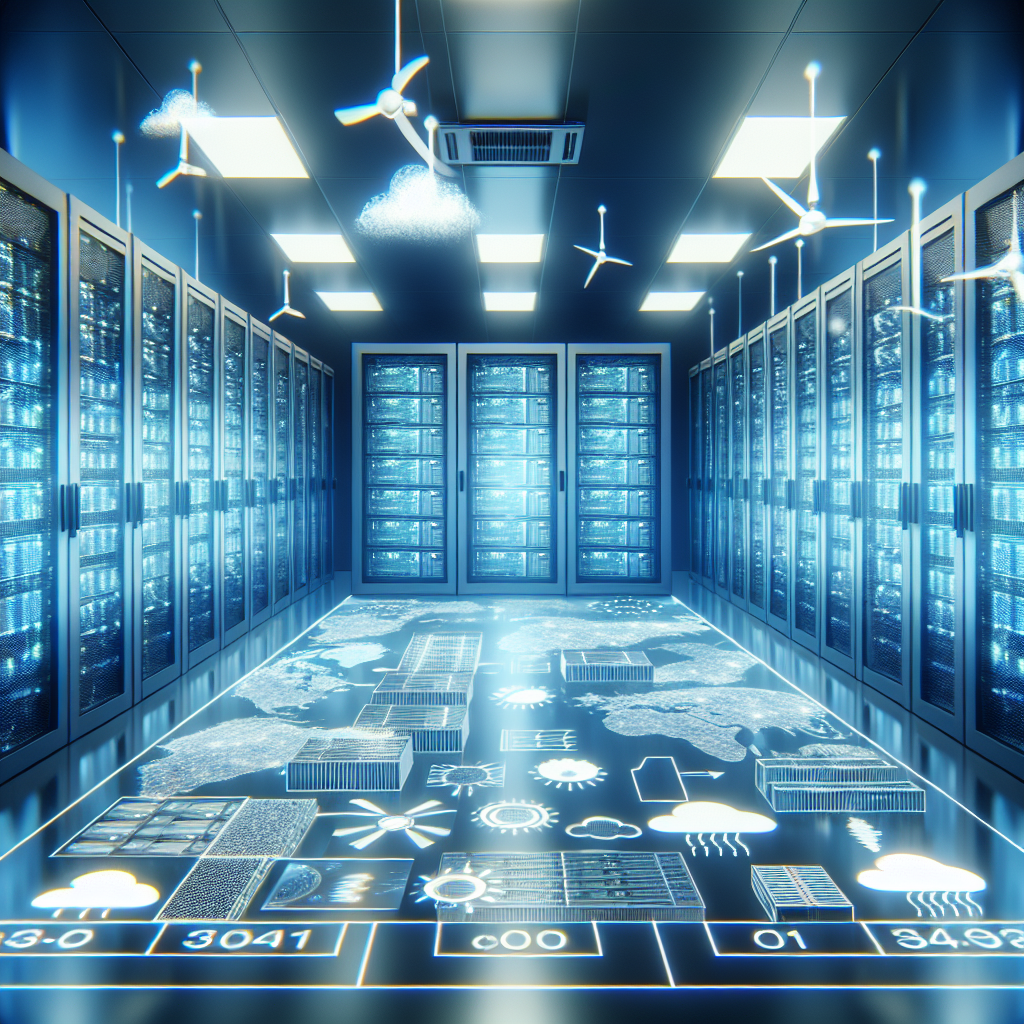Data centers are an essential component of modern businesses, providing the infrastructure needed to store and process vast amounts of data. However, as data center technology continues to advance and the demand for computing power grows, the issue of cooling these facilities becomes increasingly important. In fact, according to a study by the U.S. Department of Energy, data centers can consume up to 40 times more energy per square foot than a typical office building, with a significant portion of that energy being used for cooling.
In order to maintain optimal operating conditions and prevent equipment overheating, data center operators must implement effective cooling strategies. Here are some top strategies for effective data center cooling:
1. Hot and cold aisle containment: One of the most common and effective cooling strategies in data centers is the use of hot and cold aisle containment. By separating hot and cold air streams, data center operators can ensure that cool air is directed to where it is needed most, while hot air is expelled efficiently. This can help to reduce energy consumption and improve overall cooling efficiency.
2. Precision cooling: Precision cooling systems use sophisticated sensors and controls to maintain precise temperature and humidity levels within the data center. By continuously monitoring and adjusting cooling levels based on real-time data, precision cooling systems can help to optimize energy usage and ensure that equipment remains at the optimal operating temperature.
3. Airflow management: Proper airflow management is crucial for effective data center cooling. By ensuring that air is circulated efficiently throughout the facility, data center operators can prevent hot spots and maintain consistent temperatures. This can be achieved through the use of raised floor systems, blanking panels, and other airflow management tools.
4. Free cooling: Free cooling, also known as economizer cooling, is a cost-effective and environmentally friendly cooling strategy that leverages outside air to help cool the data center. By using outside air when temperatures are cool enough, data center operators can reduce the need for mechanical cooling systems and lower energy costs.
5. Liquid cooling: Liquid cooling systems, such as chilled water or direct-to-chip cooling, can be more efficient than traditional air-based cooling systems. By using liquid coolant to remove heat from equipment, data center operators can achieve higher cooling capacities and lower energy consumption.
6. Monitoring and analytics: Implementing a comprehensive monitoring and analytics system can help data center operators to track temperature, humidity, and airflow levels in real-time. By analyzing this data, operators can identify potential cooling issues and make informed decisions to optimize cooling efficiency.
In conclusion, effective data center cooling is essential for maintaining optimal operating conditions and preventing equipment failures. By implementing top cooling strategies such as hot and cold aisle containment, precision cooling, and airflow management, data center operators can improve cooling efficiency, reduce energy consumption, and ensure the reliable operation of their facilities. Additionally, technologies such as free cooling, liquid cooling, and monitoring and analytics can further enhance cooling performance and help to meet the growing demands of modern data centers.


Leave a Reply